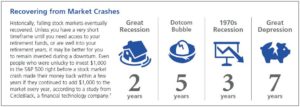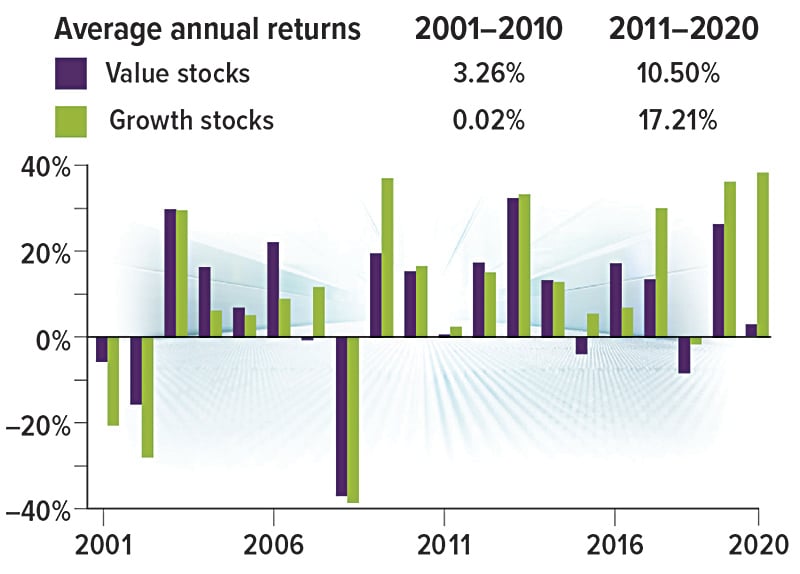In October 2018, the Dow Jones Industrial Average, a widely followed measure of stock-price performa...
Mar 04, 2021
Four Things Investors Should Know About Stock Splits
In 2020, three companies in the S&P 500 index announced plans for stock share splits, down from 102 companies in 1997 and seven in 2016.1
As an investor, you may wonder what a stock split is and how it might affect your portfolio. Although splitting stock shares has been much less common in recent years, it’s usually newsworthy when a high-profile company announces a planned split.
1. What is a stock split? A company may decide to lower the price of its stock by splitting each outstanding share into more than one share. With a traditional stock split, more shares are available, but the total value of all the shares (the company’s stock market capitalization) remains the same. For example, if a company announces a 2-for-1 split and you owned one share worth $100, you would own two shares worth $50 each.
2. Why do companies split their stock? Typically, stock splits occur when the price of individual shares has risen to a level that might discourage potential investors. More affordable share prices are thought to improve the liquidity, or the ease with which shares are bought and sold. Companies may also split stock to show management’s confidence in the future performance of the stock, as well as to stir up interest in the stock if it has been languishing.
3. What is a reverse stock split? In order to increase the per-share price of a stock, companies might opt for a reverse stock split, which creates one share from multiple shares. One reason why a company might issue a reverse stock split is to satisfy a stock exchange’s minimum share price. By decreasing the number of shares outstanding, the company boosts its stock price. Reverse stock splits could also make a company’s stock more appealing to investors who might perceive it as more valuable at a higher stock price.
4. How do stock splits affect investors? A common misconception is that splits automatically increase the value of an investor’s holdings. In reality, the number of shares owned is increased in proportion to the reduced price per share, so the total value of an investor’s holdings remains the same. Stock splits generally have no impact on the broader stock market or the fundamental value of the stock. Some argue that they may potentially pose at least one advantage to shareholders: A stock split draws wider attention to a company’s rising share price and the fact that it has been doing well.
The return and principal value of stocks fluctuate with changes in market conditions. Shares, when sold, may be worth more or less than their original cost. Past performance is not a guarantee of future results.
1) The Wall Street Journal, August 28, 2020
This information is for educational purposes only and not intended as investment, tax, or legal advice. The information presented here is not specific to any individual’s personal circumstances. Each taxpayer should seek independent advice from a tax professional based on his or her individual circumstances.
Prepared by Broadridge Advisor Solutions Copyright 2021.
You may also like
May 2, 2017
Traditional investment indexes such as the S&P 500 are weighted based on market capitalization, ...
Mar 10, 2021
Growth stocks have dominated the market for the last decade, led by tech giants and other fast-growi...









